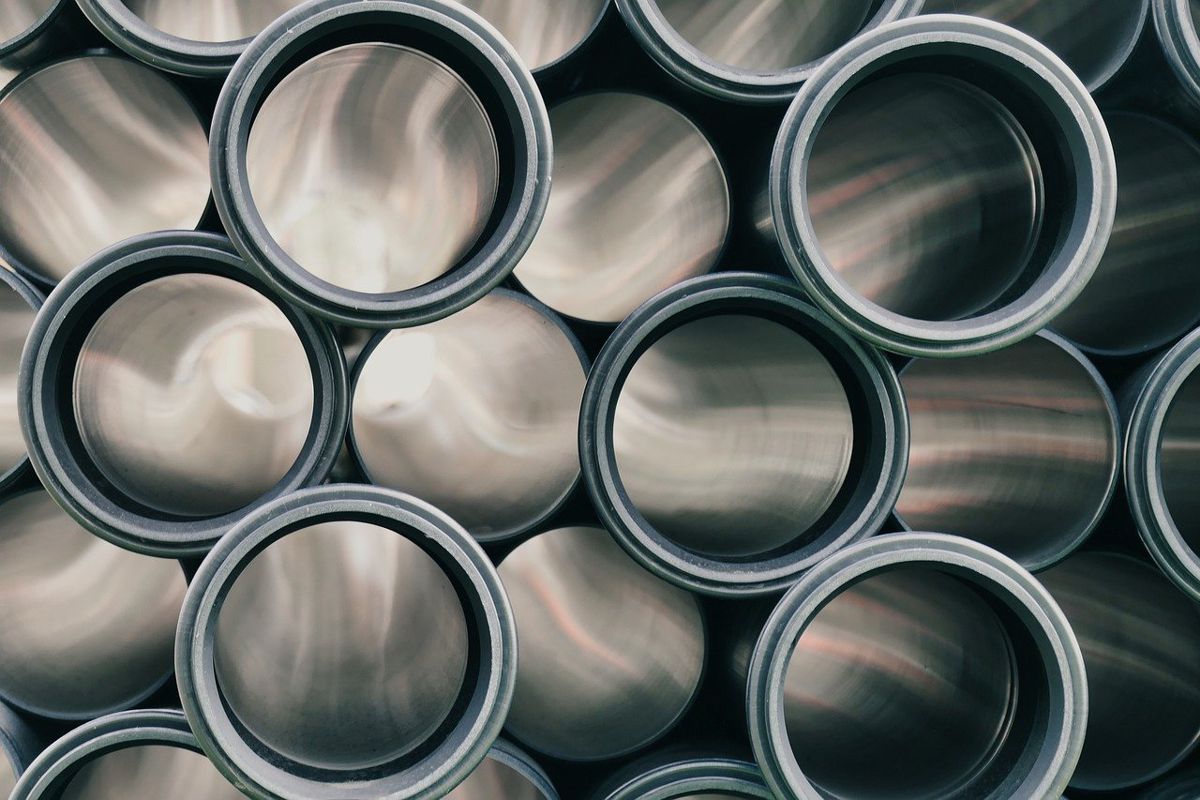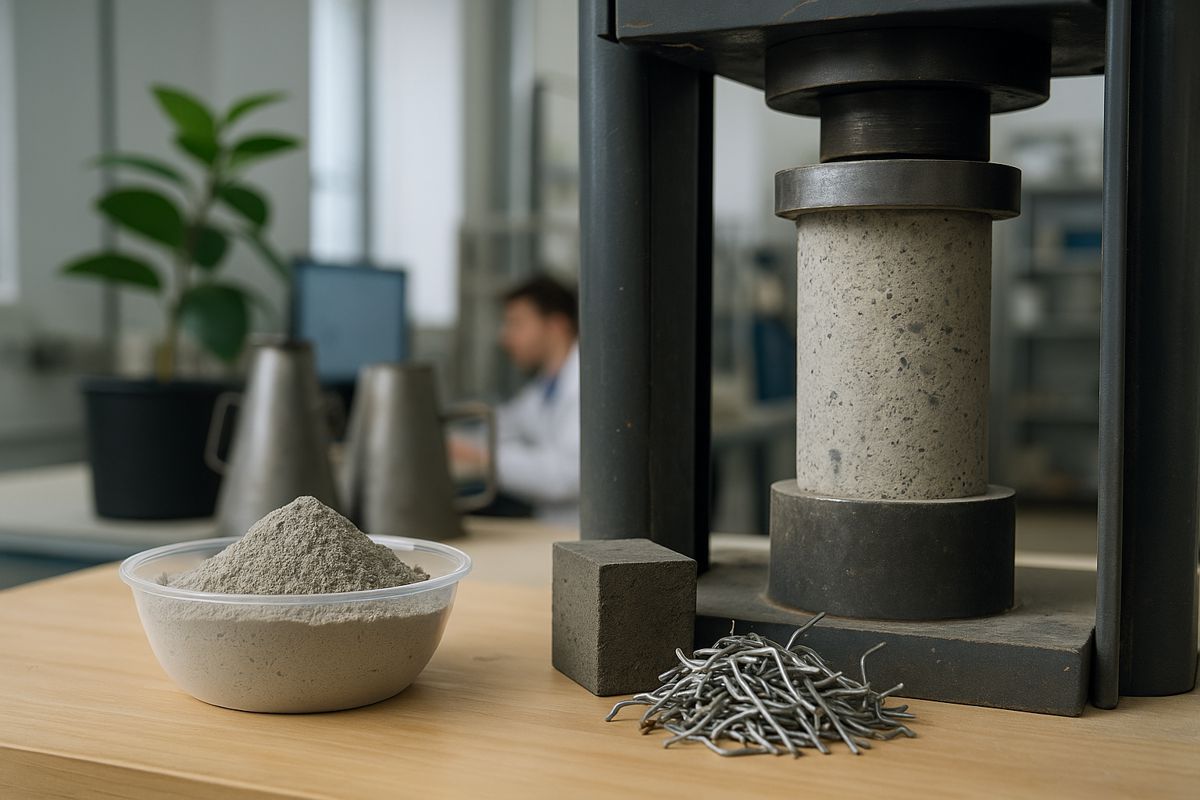Options for Materials in Piping Systems
Selecting the right materials for your piping system is essential for ensuring its longevity, performance, and compatibility with the fluids or gases being transported. The choice of materials plays a crucial role in determining factors such as corrosion resistance, strength, temperature resistance, and cost-effectiveness.
Because of the importance of your chosen material, this article will explore various options available for piping system materials, highlighting their characteristics, applications, and considerations to help you make informed decisions.
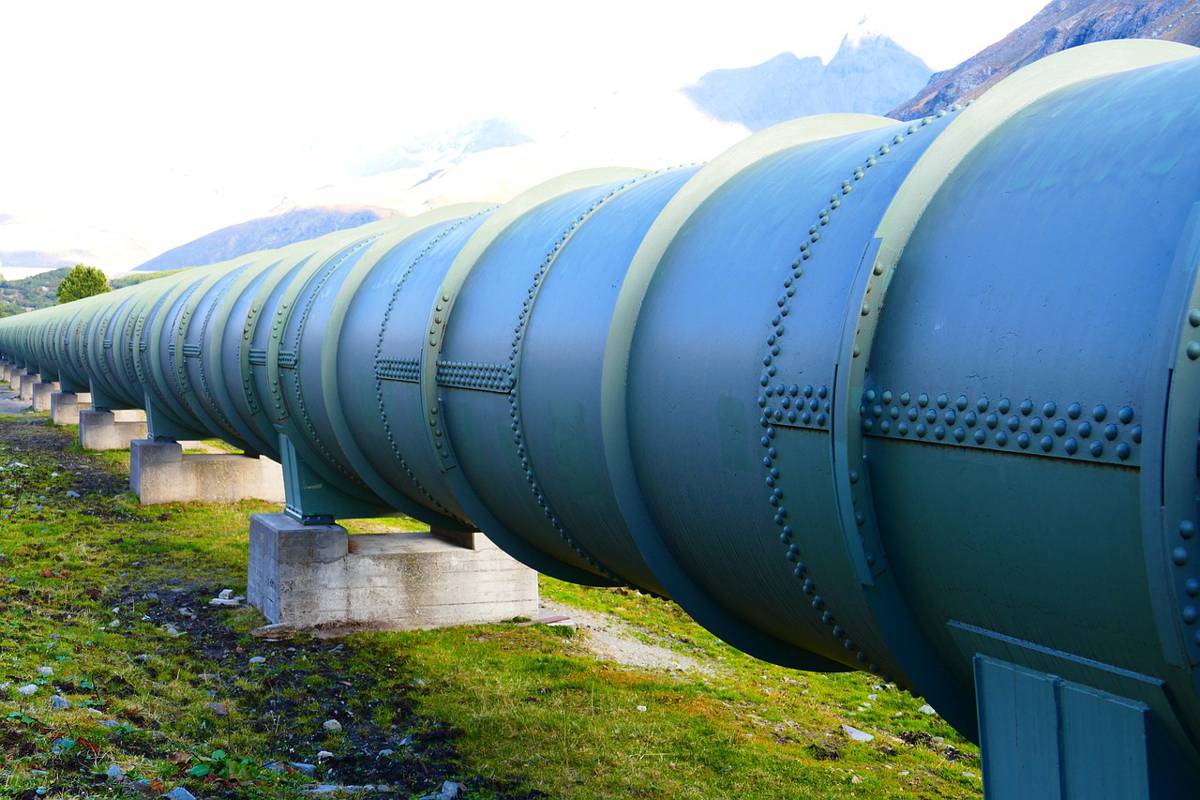
Steel
Steel is a widely used material in piping systems due to its strength, durability, and versatility.
Carbon steel is commonly employed for general-purpose applications, while stainless steel is preferred for its resistance to corrosion. Steel pipes are suitable for a wide range of industries, including oil and gas, petrochemicals, water supply, and construction.
You should consider factors such as fluid characteristics, operating conditions, and potential corrosion risks when selecting the appropriate grade of steel.

Copper
Copper pipes are known for their excellent heat conductivity, corrosion resistance, and antimicrobial properties. They are often used in plumbing, heating, and cooling systems.
Additionally, copper is relatively easy to work with, making it suitable for residential and commercial applications. However, it may not be ideal for certain industrial applications with aggressive or high-temperature fluids.

Hallestoy C-22
Hallestoy C-22 is one material worth considering for specialized piping applications: the properties of Hallestoy C-22 make it a corrosion-resistant alloy known for its exceptional performance in aggressive environments. Hallestoy C-22 (a registered trademark) is a nickel–chromium–molybdenum alloy that offers superior resistance to a wide range of corrosive substances, including strong acids, pitting, and crevice corrosion.
Its high chromium content provides excellent resistance to oxidizing media, while the molybdenum enhances its resistance to reducing environments.
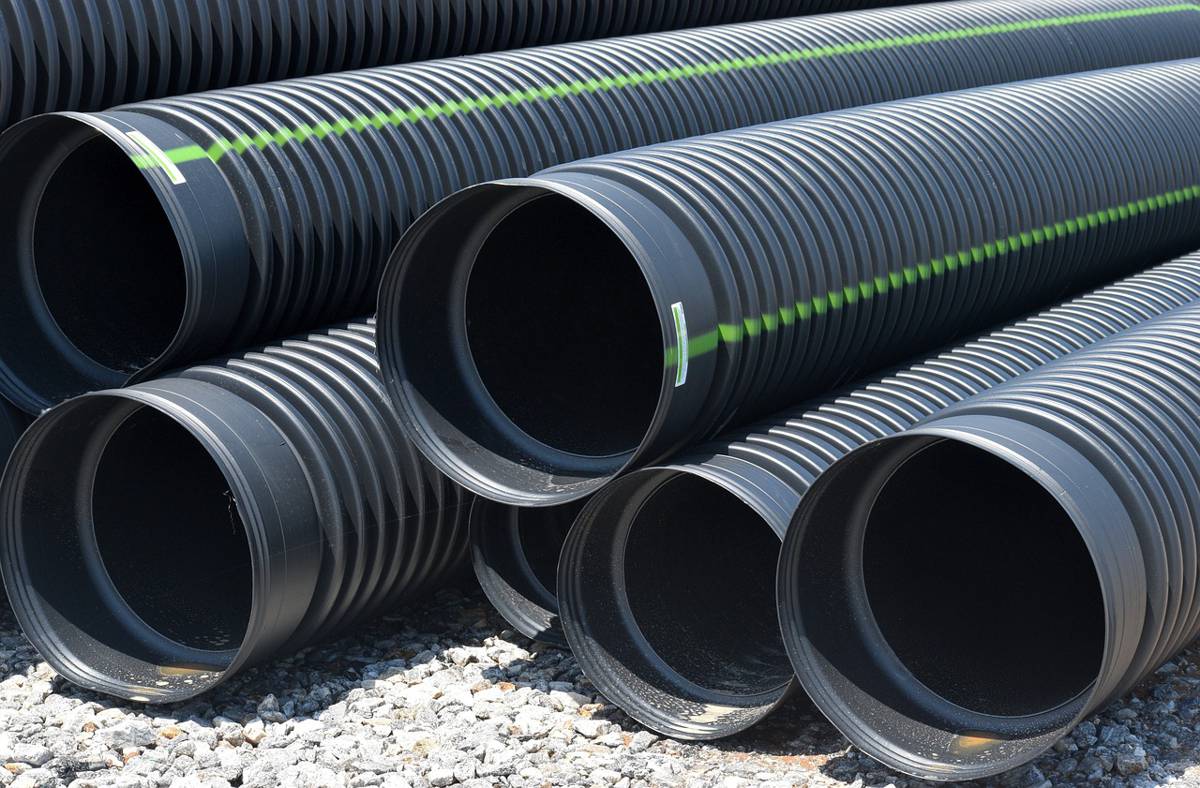
PVC (Polyvinyl Chloride)
PVC pipes are lightweight, cost-effective, and resistant to corrosion and chemical degradation – making them useful for the construction of certain systems.
They are commonly used in water supply systems, irrigation, drainage, and wastewater treatment. PVC is not recommended for high-temperature applications or when exposed to certain chemicals. It is important to choose the appropriate PVC type (such as PVC-U or PVC-C) based on the required temperature and pressure ratings.
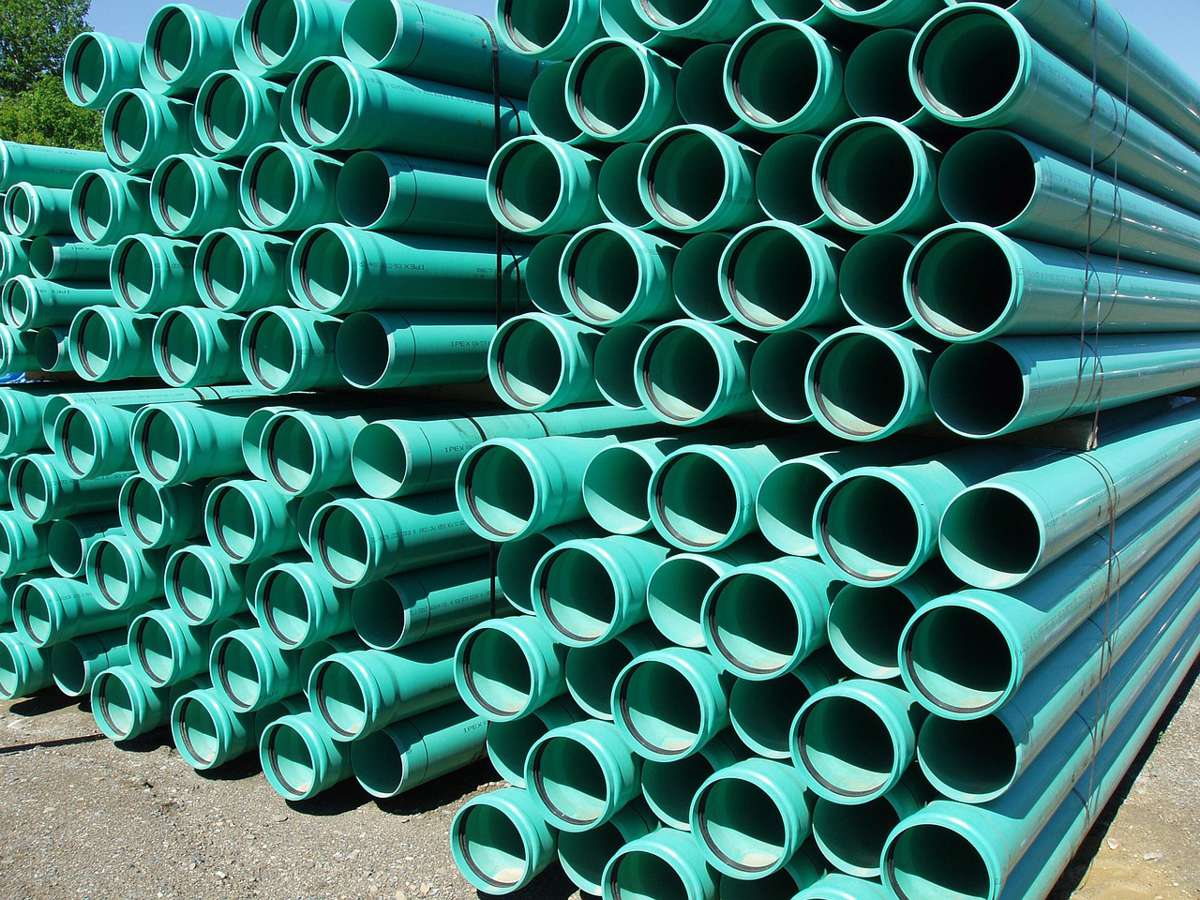
PEX (Cross-linked Polyethylene)
PEX pipes have recently gained popularity in residential and commercial plumbing systems. They are flexible, easy to install, and resistant to scale build-up and corrosion. PEX is often used for hot and cold water supply lines, radiant heating systems, and snow melting applications.
Of course, it is important to select PEX pipes that comply with the appropriate standards and codes to ensure their suitability for the intended use.
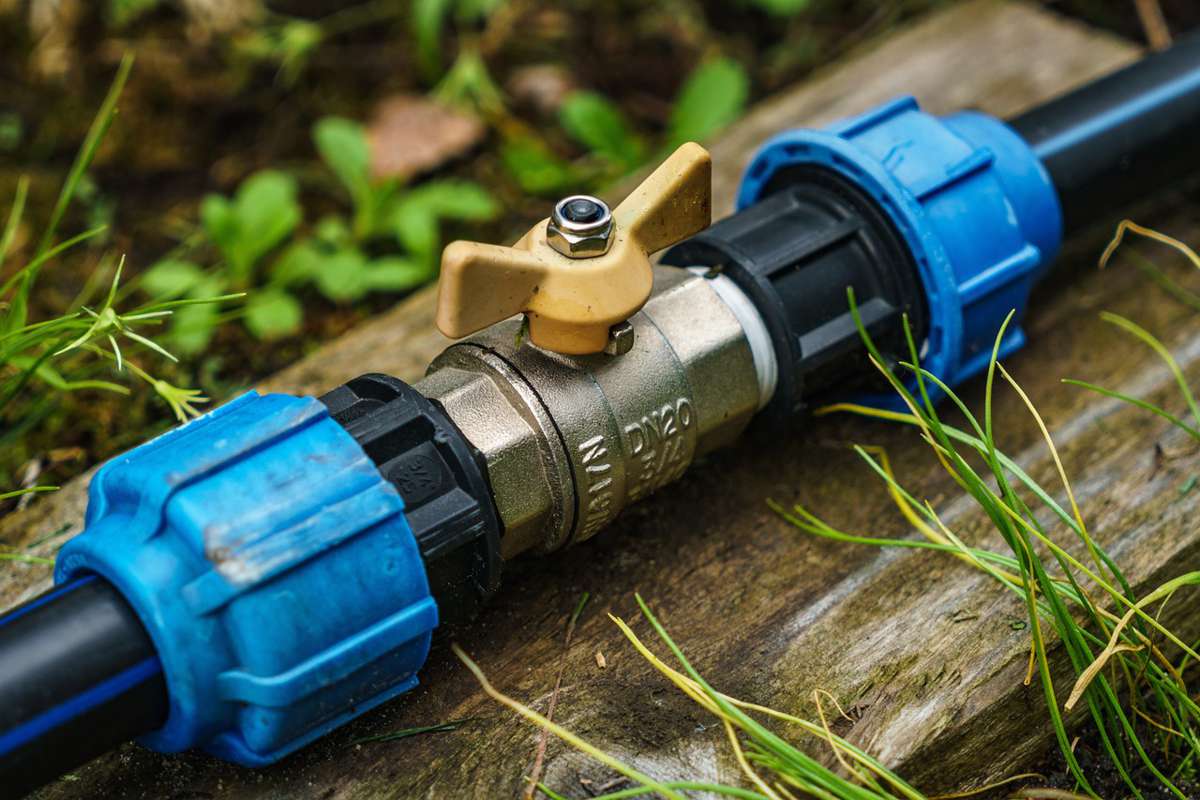
Other Materials
Depending on specific requirements, other materials may be suitable for specialized applications.
For example:
- Fiberglass-reinforced plastic pipes offer high corrosion resistance and are used in chemical processing and wastewater treatment plants.
- Ductile iron pipes are commonly employed in municipal water distribution systems due to their strength and durability.
- Materials such as titanium, nickel alloys, and exotic metals may be utilized for extreme temperature, pressure, or corrosive environments.
So, be sure to take the situation and context into account when determining the piping material you are going to use.








